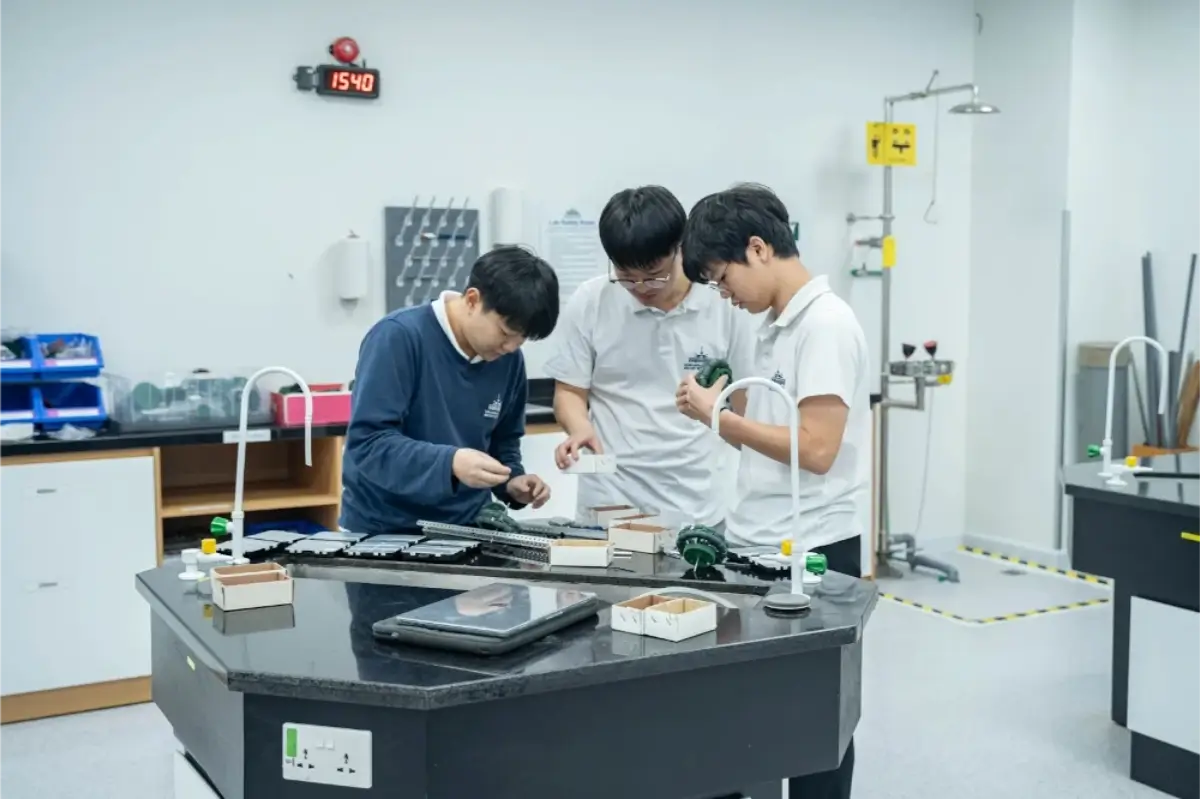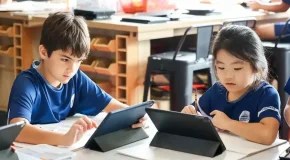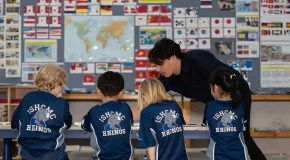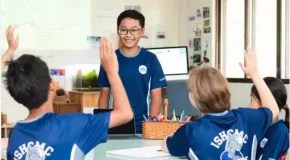How Real World Learning in the Classroom Prepares Students for Life
Real world learning gives students the ability to apply knowledge in meaningful ways. While traditional methods often rely on memorization, real-world learning turns lessons into experiences. Students become active participants in their education. They ask questions, solve problems, and connect what they learn in class to what they see in the world around them.
The demands of modern life calls for learning approaches that develop adaptable and practical thinkers. As technology, work, and social systems evolve, schools must prepare children with practical skills and a flexible mindset. Parents want their children to grow into independent thinkers who can lead, collaborate, and adapt. That is the foundation of real world learning.
The International School Ho Chi Minh City (ISHCMC) embeds this mindset into every aspect of student learning. From inquiry based learning to project based assignments, the school designs every lesson with purpose so students develop the skills and mindset to succeed beyond the classroom.
What is Real World Learning?
Real world learning is an approach where students gain knowledge through hands-on practice, reflection, and real time problem solving. According to the Edge Foundation, this model connects curriculum to situations students may encounter in life, society, and work. Instead of viewing subjects in isolation, students experience them as they would in the real world: via integrated challenges and human interactions.
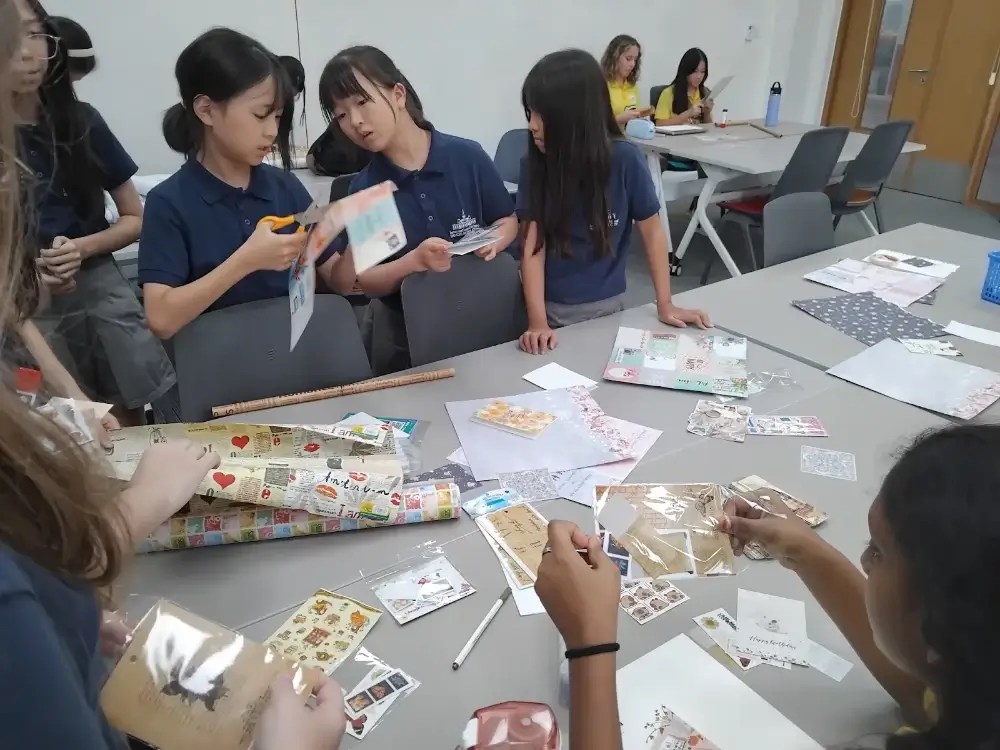
At its core, real world learning asks students to engage with their environment. Whether through entrepreneurship, scientific inquiry, or social campaigns, students take ownership of their learning outcomes. The method promotes critical thinking, creativity, and collaboration, which are skills essential for lifelong growth.
Benefits of Real World Learning in the Classroom
Real world learning transforms the classroom from a space of passive listening into an environment of discovery. Students develop essential capabilities by working through realistic scenarios.
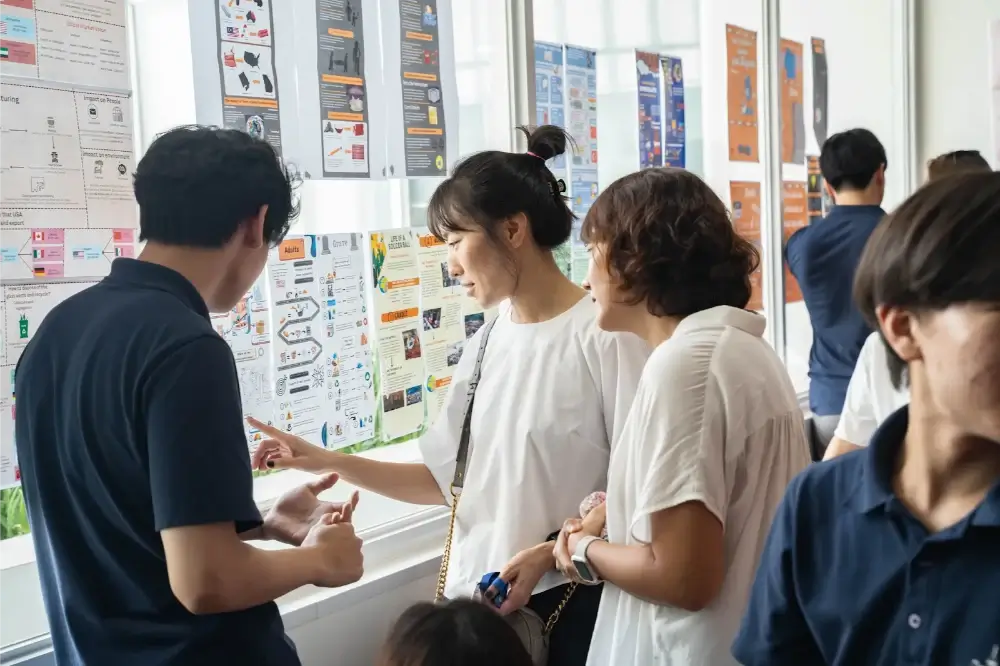
Encourages Independent Thinking
Students develop independence through exploration and decision making. They navigate open ended problems, gather evidence, and generate solutions that reflect their own reasoning. At ISHCMC, inquiry based learning encourages students to take initiative, reflect on their process, and challenge assumptions. This fosters ownership and builds confidence to handle uncertainty in real life situations.
Strengthens Academic Understanding
When students apply their knowledge in relevant contexts, they retain concepts more deeply. Real world learning connects theory with practice. At ISHCMC, students in the Middle Years Programme (MYP) engage in interdisciplinary tasks that tie subjects together, such as analyzing environmental issues through science, economics, and ethics. This enriches comprehension and makes academic content more meaningful.
Builds Communication and Leadership Skills
Effective communication is fundamental to real world success. In ISHCMC classrooms, students frequently present findings, lead team projects, and collaborate across grade levels. Through student councils, debates, and performances, learners strengthen their ability to articulate ideas clearly and lead with empathy. These opportunities prepare them to speak confidently and listen with purpose in diverse communities.
Examples of Real World Learning in the Classroom
Real world learning takes many forms, and the best examples reflect what students care about. ISHCMC structures its curriculum around activities that bridge the gap between school and the outside world.
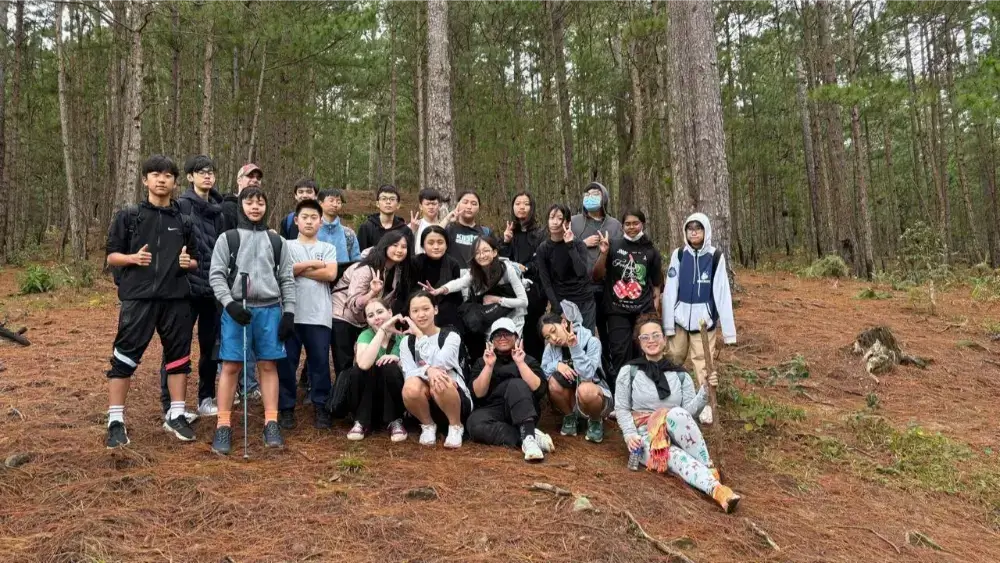
Project Based Learning
ISHCMC’s project-based learning encourages students to lead meaningful projects.
- Community Service Projects: Students identify local challenges, such as waste management or access to food, then design and implement practical solutions.
- Creating a Business Plan: Through workshops and research, students learn entrepreneurial thinking. They create proposals for products or services based on real economic models.
- Multimedia Presentations: Students research global issues and present them using video, design, and spoken language. This boosts technical and communication skills.
These projects offer students the chance to explore challenges, test ideas, and iterate solutions while working toward a clear outcome.
Field Experiences
Learning extends beyond the classroom through well planned trips and activities:
- Museum Visits and Nature Walks: These excursions help students engage with art, science, and culture. They ask questions, make observations, and develop a broader view of the world.
- Industry Visits: Students observe professionals at work, from architects to engineers. These visits expose students to potential career paths.
These experiences bring abstract concepts to life and deepen student curiosity by connecting lessons with local and global environments.
Guest Speakers
Regular classroom visits from professionals give students insight into real careers:
- Experts from fields like law, health care, and design discuss their roles and challenges
- Community leaders speak about local initiatives and how students can get involved
These sessions create opportunities for students to ask questions, reflect on personal interests, and imagine how their learning connects with real society’s contributions.
Inquiry and Research
Students drive their own learning through open ended questions and discovery:
- They explore local environments and conduct interviews or surveys
- They design personal research projects based on issues they care about, such as climate change or mental health
These experiences reflect ISHCMC’s commitment to inquiry led education, where students are guided to explore with purpose and depth.
How to Incorporate Real World Examples in the Classroom
International schools use a variety of approaches to help students connect academic learning with life beyond the classroom. These strategies support students in developing practical, transferable skills while making learning more engaging and meaningful.
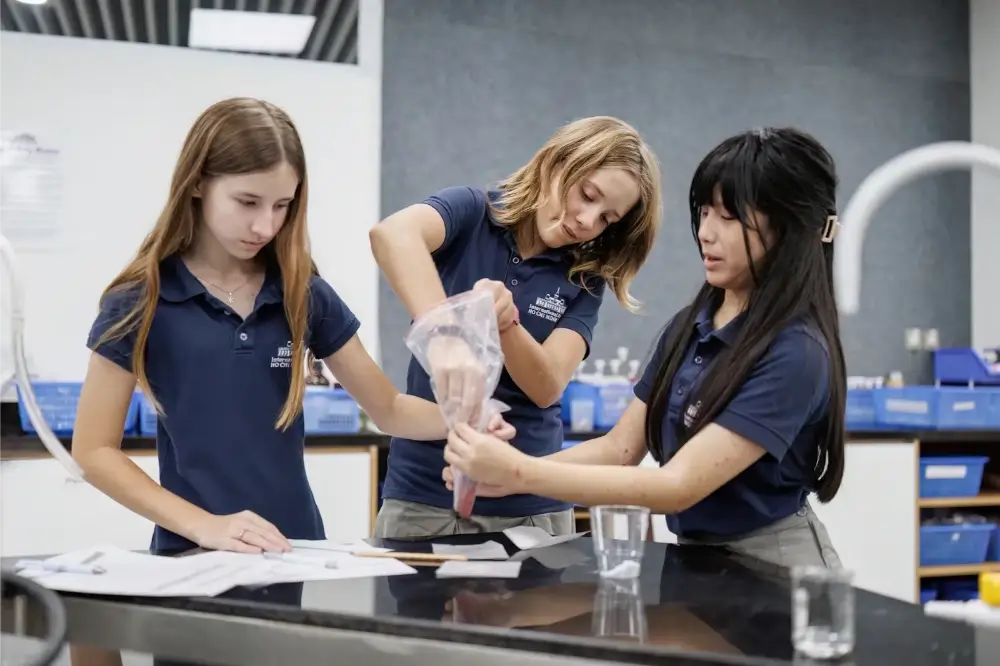
Connect Subjects to Current Events
Students explore how their subjects relate to what’s happening in the world around them. In science, they might examine how climate issues shape policy and ecosystems. In literature, they could analyze political speeches or media headlines. At ISHCMC, this method supports inquiry-based learning by prompting students to examine global trends and apply classroom concepts to real challenges.
Introduce Role Play and Simulation
Students take on real world roles to understand different perspectives and practice decision making. ISHCMC integrates simulations like Model United Nations, where students represent countries and resolve global issues. This approach strengthens communication, empathy, and confidence. Other simulations might include leading a design review, pitching a business idea, or conducting a product launch.
Foster Community Collaboration
International schools often partner with professionals, organizations, and local leaders to give students direct exposure to community work. At ISHCMC, students collaborate with nonprofits and businesses through interviews, presentations, or service learning projects. These partnerships help students see how their learning can shape real change and prepare them to engage with their world more purposefully.
Bringing Real World Learning to Life at School
Real world learning turns schools into launchpads for future ready individuals. ISHCMC embraces this by weaving inquiry, technology, and real life application into every level of learning from the Primary Years Programme to the Diploma Programme.
By trusting students to explore their questions, the school nurtures curiosity and courage. Through authentic challenges, learners gain practical skills that match the demands of modern life. Parents seeking an environment where education means more than a scorecard find that vision brought to life at ISHCMC.
Apply today to discover how ISHCMC prepares children to thrive in a complex and changing world.

